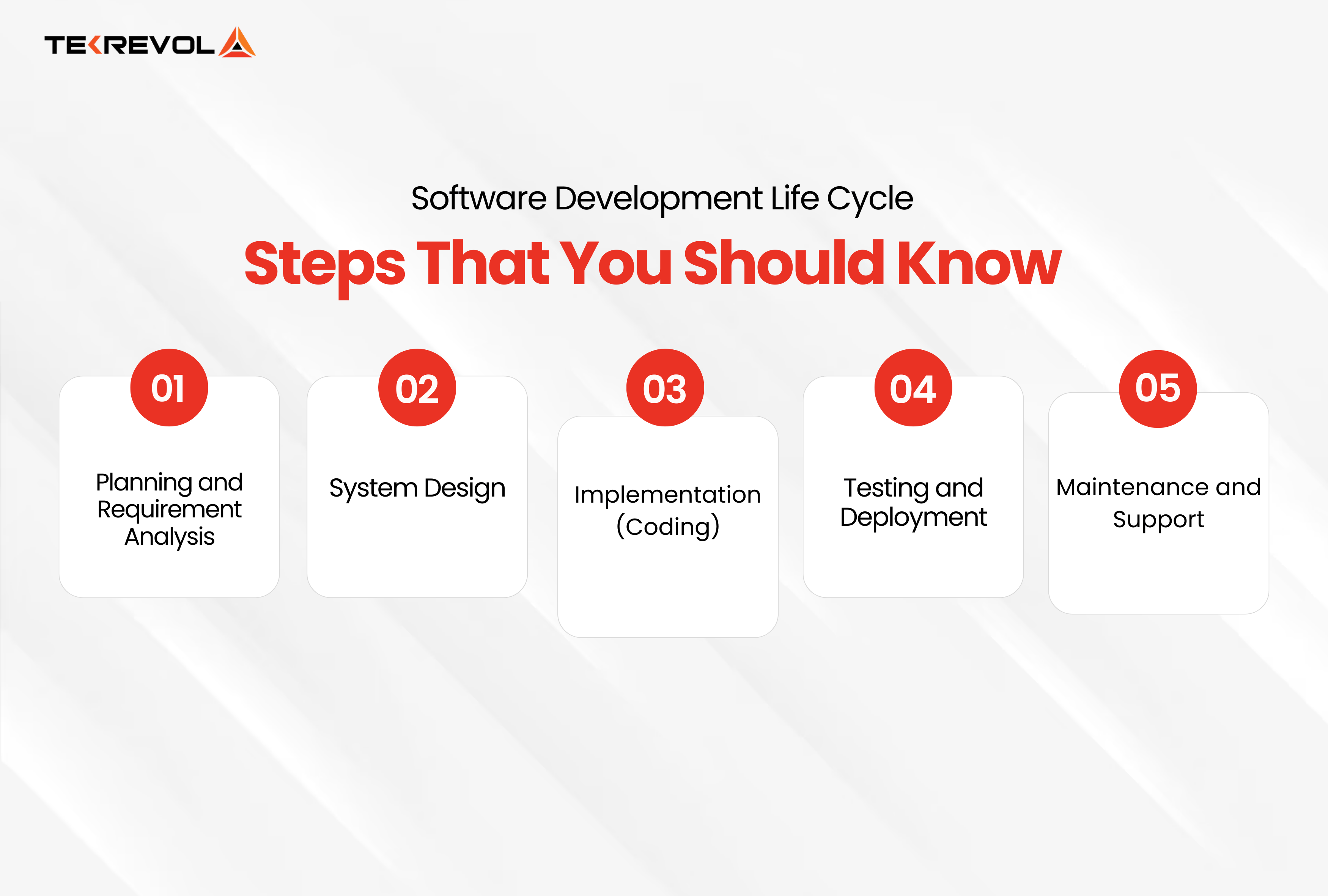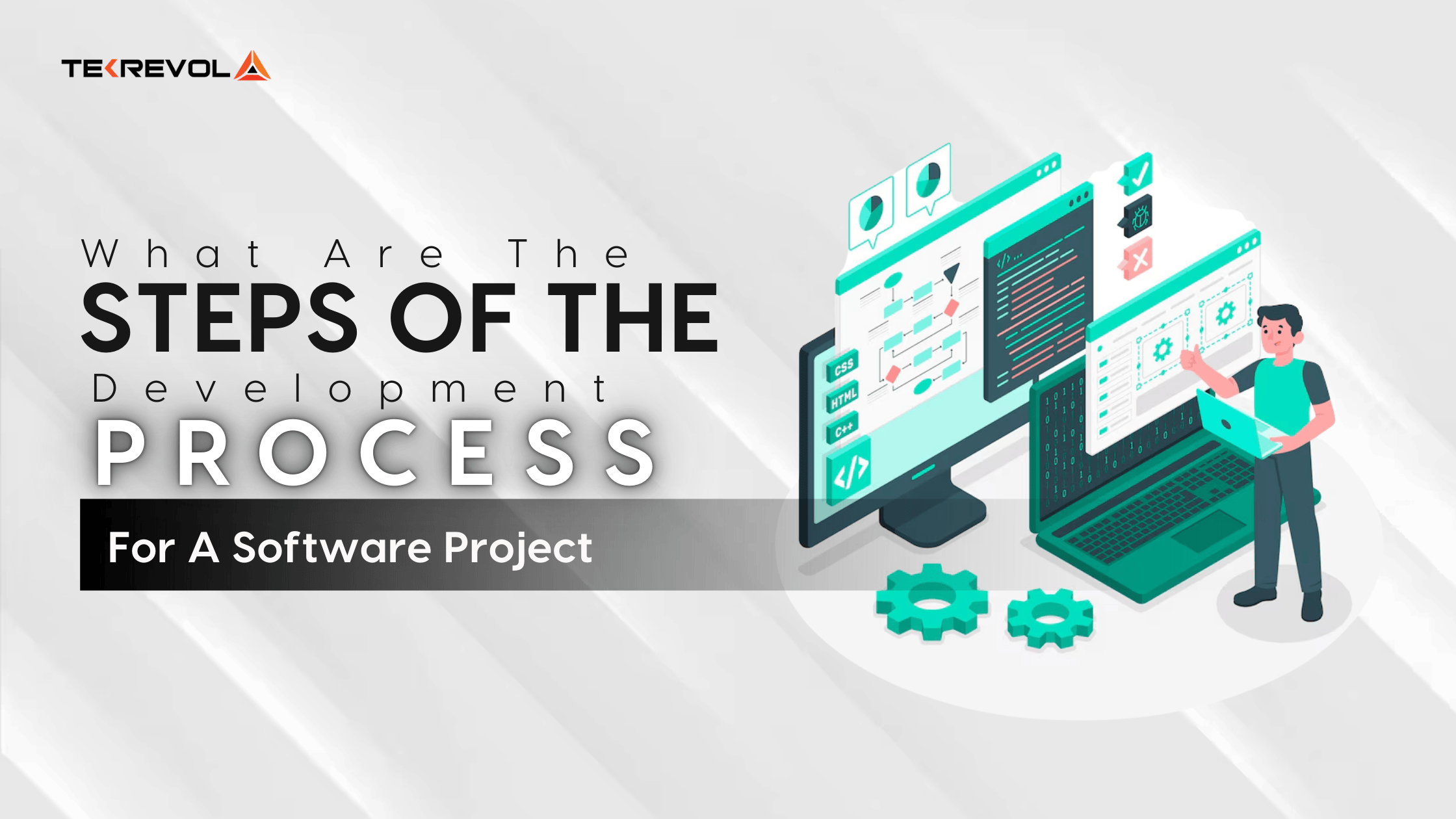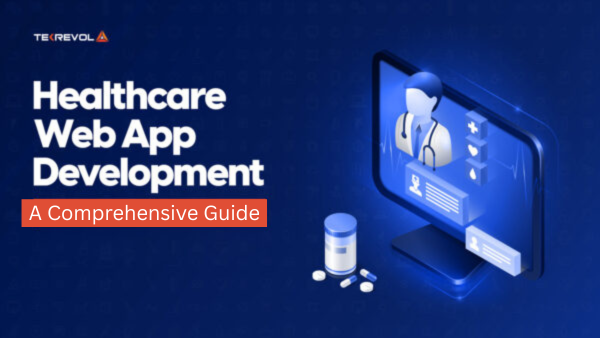So you’ve come up with an awesome software concept – perhaps the next social network sensation, some revolutionary AI tool, or perhaps a humble to-do list that you will finally use (as opposed to the last five).
So how do you get started? Do you simply code away and see what happens? No! That’s a formula for catastrophe (and more than likely some serious debugging headaches).
Step into the “Software Development Life Cycle (SDLC)” – the disciplined, tried-and-true process that transforms a cobbled-together idea into a shining, ready-to-use product.
From conception to deployment, every step of the software development cycle guarantees that your project remains on schedule, under budget, and – most critically – operates like a dream.
So, get a coffee (or two), and let’s dissect the SDLC life cycle phases in a way that’s easy to understand—without the dry technical mumbo-jumbo!

-
Planning and Requirement Analysis
Before even a line of code is penned, the basis of the project must be well established. This stage is all about grasping what has to be constructed, why it is necessary, and how it will be done. Consider it plotting your road trip – without it, you may find yourself stranded in the middle of nowhere.
This is what goes on during this phase:
- Gathering Requirements: Developers, business analysts, and stakeholders meet (sometimes over coffee, sometimes out of frustration) to discuss the software’s goals, scope, and functionality.
- Feasibility Study: Is the project even feasible using the budget, time, and technology available? Nobody wants to begin something to find halfway through that it isn’t financially or technically feasible.
- Defining Deliverables: What’s delivered at every milestone? Having clear expectations up front prevents confusion later.
Skipping this step is like renovating a house without a blueprint—you could have a bathtub in the kitchen.
-
System Design
With the planning done, it’s now time to add some order to the chaos. Here, developers and architects rough out how the software will operate, what technologies it will employ, and how components will talk to each other.
There are two levels of system design:
- High-Level Design (HLD): The overall architecture. What are the frameworks, databases, and servers to be used? How will the system interact with users and other programs?
- Low-Level Design (LLD): This deals with specifics such as database schema, individual modules, and how the functions will be implemented.
Consider this phase as designing blueprints for a skyscraper. Without proper planning, things can begin to fall apart once the development process starts. A properly planned system design guarantees that developers don’t construct something that must be abandoned.
By the end of this phase, the team should know how the software will be structured, making development smoother and more efficient.
-
Implementation (Coding)
Now comes the fun part – coding! This is where all the planning and design work begins to take form. Developers start converting wireframes and documentation into actual, functional software.
In this phase, the development team:
- Codes: With programming languages and frameworks appropriate for the project (Python, JavaScript, Java, etc.), developers begin creating the product.
- Implements Version Control: Programs such as Git follow up on code alterations so that no one mistakenly deletes work for two weeks.
- Adheres to Coding Standards: It may be possible to write sloppy code in the short run, but clean, well-styled, and documented code is important in the long run.
This is the messy phase. Developers are like gods a few days; some days, a misplaced semicolon brings everything crumbling down. With good teamwork and code reviews, however, the project gradually takes shape.
-
Testing
Would you purchase a car that has not been tested? No? Well, the same principle applies to software. Testing is the safety net that ensures everything works smoothly before the software reaches users.
Testing occurs at various levels:
- Unit Testing: Each small component (such as a login button or a payment module) is tested separately.
- Integration Testing: After modules function independently, they must function together without conflicts.
- System Testing: The complete software is tested to verify if all the requirements have been fulfilled.
- User Acceptance Testing (UAT): Real users test the software and give feedback here.
Skipping this step is like selling a parachute without first testing it out – not the best decision. Testing may seem redundant, but it saves time, money, and a whole lot of angry customer emails down the road.
-
Deployment
The writing is done, testing is complete, and the code is ready to fly—now it’s time to push the software into the wild. But deployment is not a simple matter of clicking a “Go Live” button. It needs precise execution.
Here’s what happens in deployment
- Selecting a Deployment Strategy: Is it a big-bang release, or a beta release, or a phased roll-out?
- Setting up the Production Environment: This includes hosting servers and databases and ensuring the application is scalable and secure.
- Monitoring Post-Deployment: Just because the software is live doesn’t mean the job is done. The team must monitor performance, fix unexpected issues, and optimize for real-world use.
Consider this stage similar to blasting off in a rocket – everyone must be positioned in advance of liftoff, and engineers check for any possible malfunction. A disorganized deployment can discredit all the months’ effort.
-
Maintenance and Support
Just because the application lifecycle management is out in the wild doesn’t mean that developers get to take it easy. In fact, this is where long-term success is determined.
Post-deployment activities are:
- Bugs Fixing: No software is ever flawless when released, so teams fix issues as they occur.
- Performance Monitoring: Ensuring that the application does not crash under high usage.
- Adding New Features: Based on feedback, updates and enhancements are deployed.
This stage is like maintaining a car—constant maintenance keeps it running smoothly for years. Companies that neglect maintenance tend to have their software become outdated and susceptible to security threats.
And with that, the software development cycle is complete! But there’s one final step—selecting the proper partner for your software project.
How TekRevol Can Help
Creating software isn’t easy. From conception and design to coding, testing, and rollout, each process requires expertise and accuracy. That’s where TekRevol comes in.
Our strength lies in providing world-class software development solutions just as you envision. As a startup, an enterprise, or a business expanding its wings, we ensure that your project goes flawlessly through our hands.
What we do:
- Innovative custom software development.
- End-to-end SDLC management for seamless execution.
- Ongoing support and maintenance for sustained success.
Ready to bring your idea to life? Let’s create something great together. Reach out to TekRevol today!











